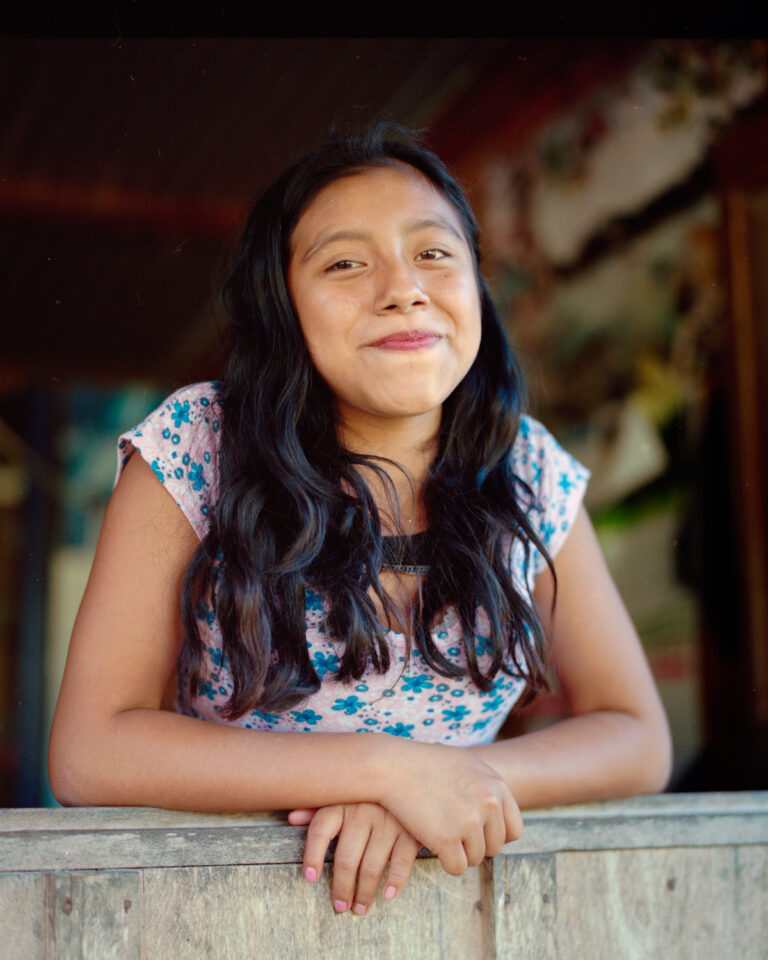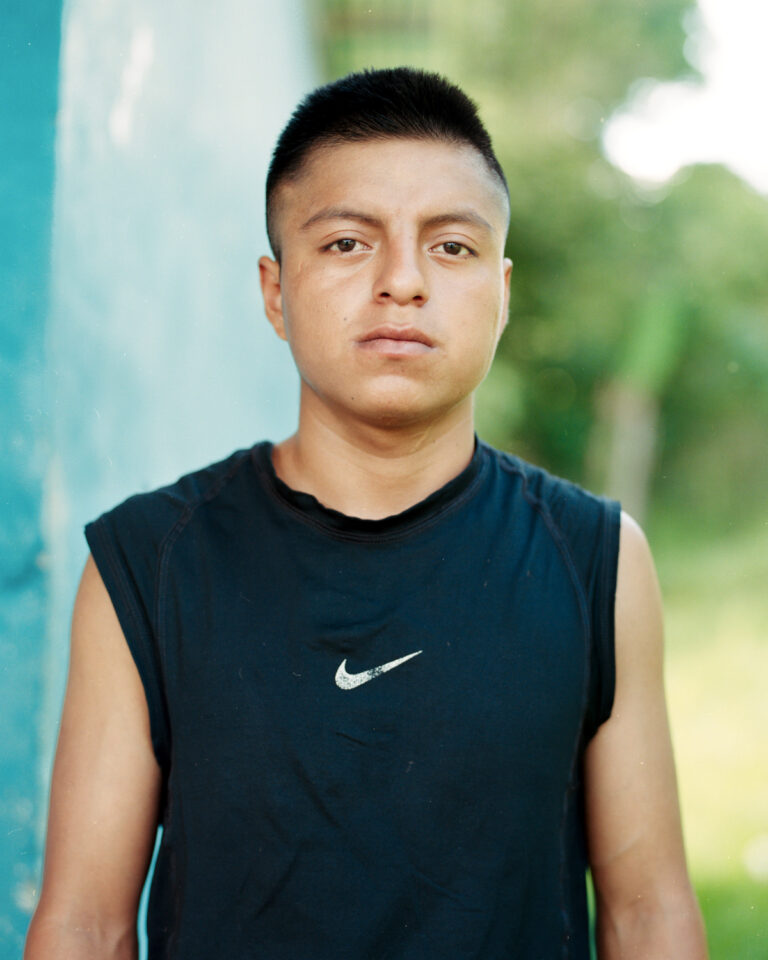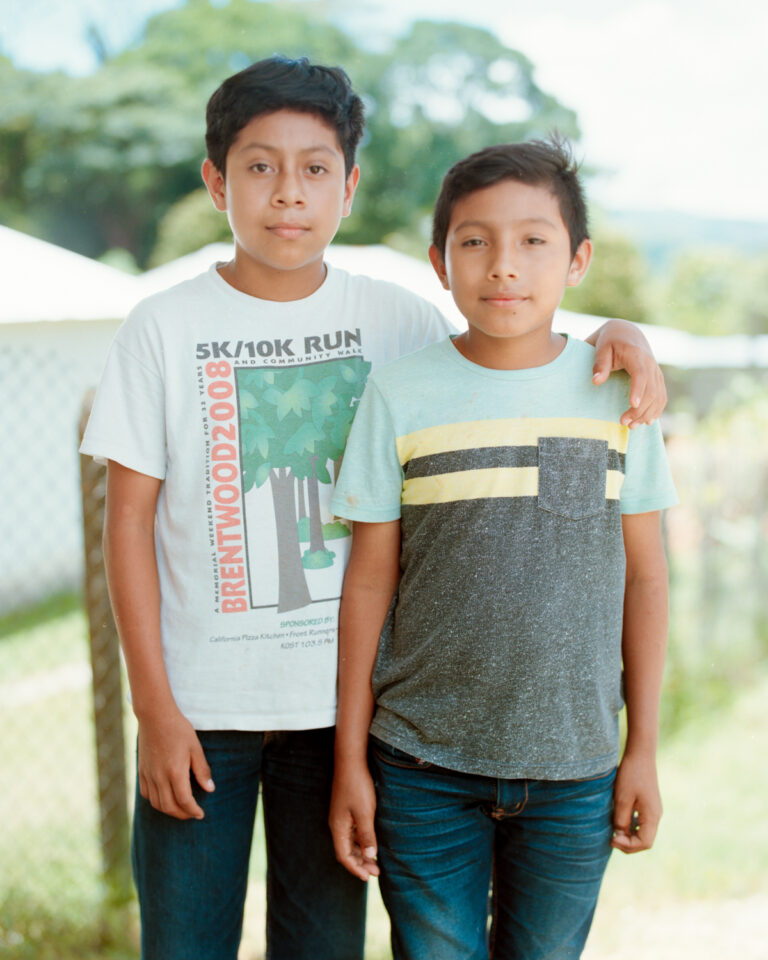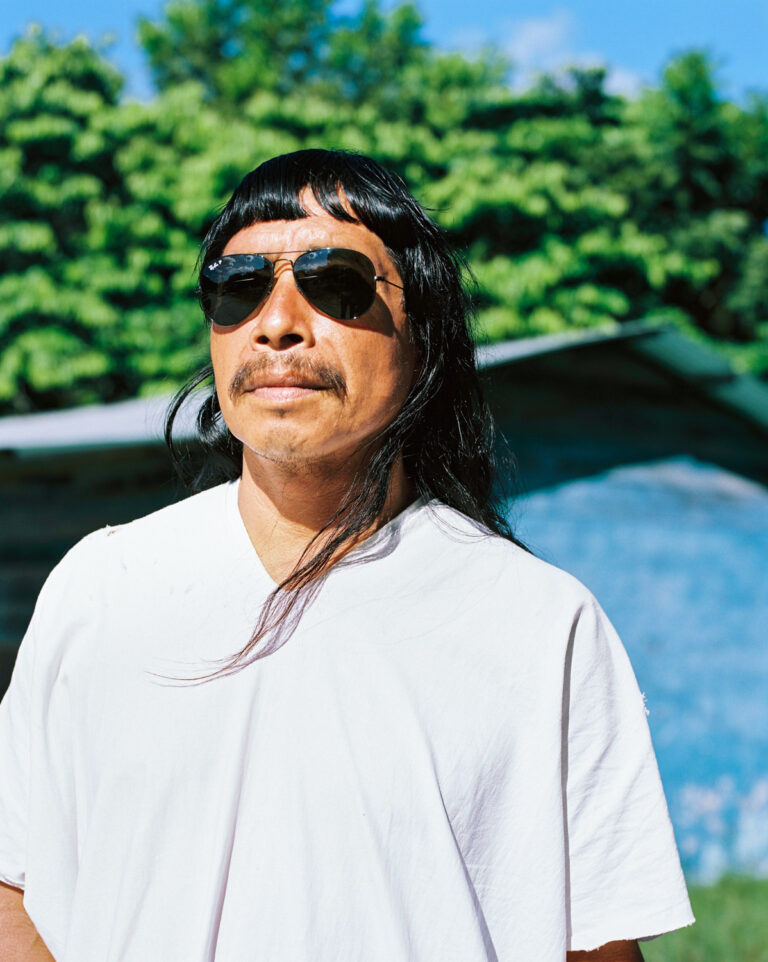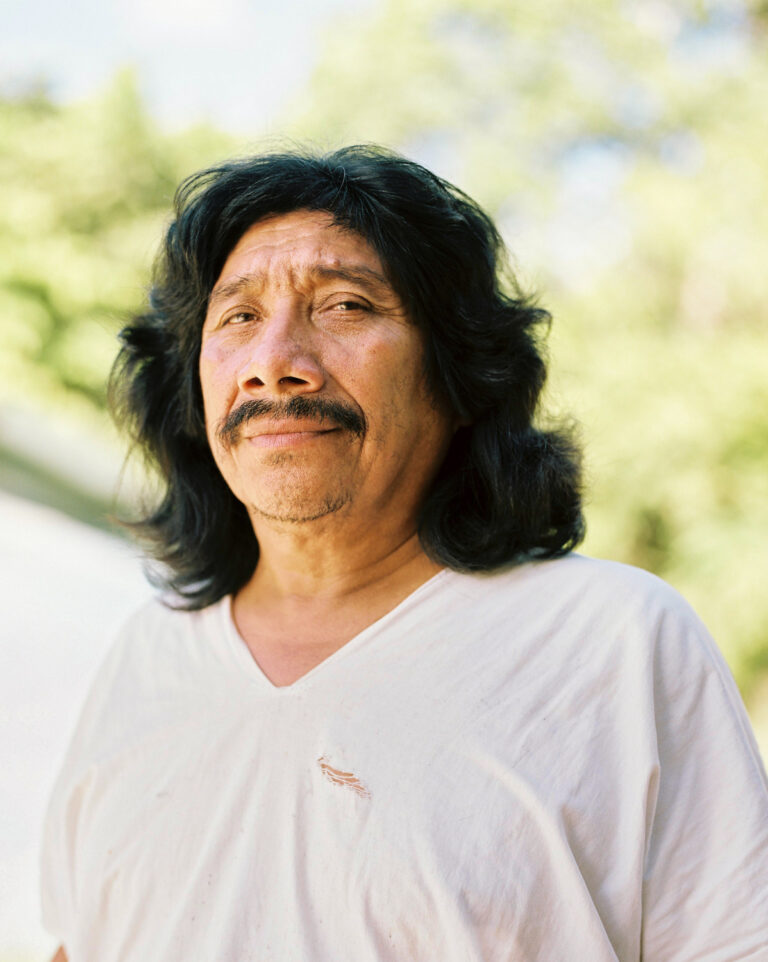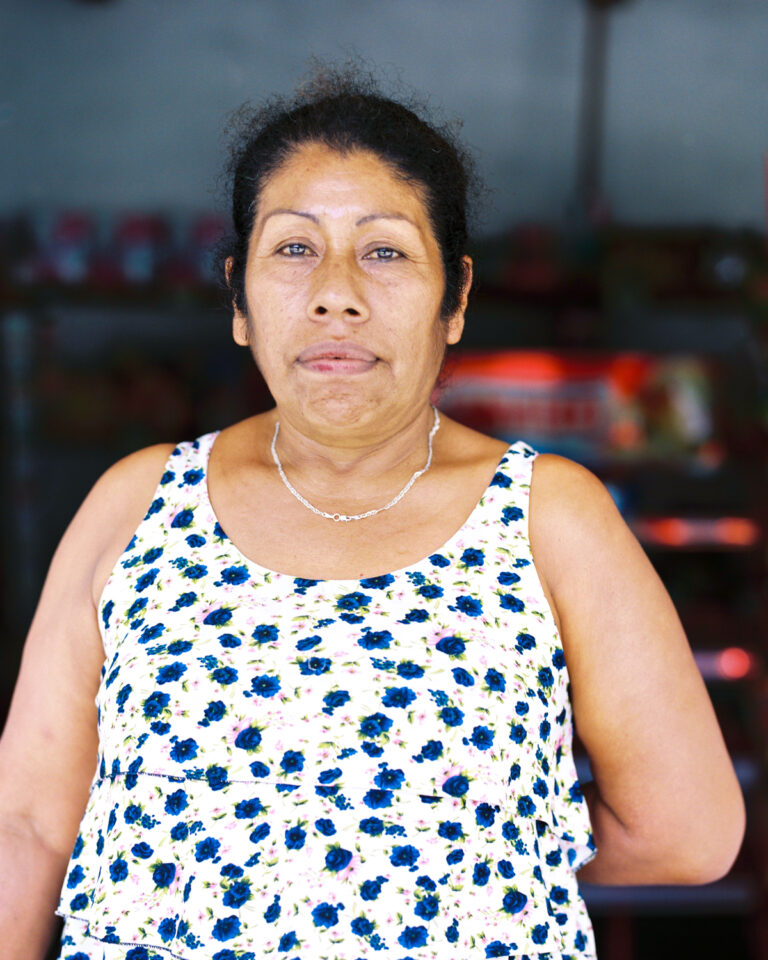Lacandons of Nahá

This project has been inspired by the photographic work of Gertrude “Trudi” Duby Blom (1901-1993), spanning her time in Mexico between the 1940s until her death in 1993. For decades, Trudi devoted her life to preserving the landscape and cultures of the Southern state of Chiapas, establishing herself as one of the earliest environmental activists of the twentieth century. Trudi was a temperamental and indomitable Bernese journalist, social anthropologist, and activist known in Chiapas as “la reina de la selva” – “the Queen of the Jungle,” a name first coined in the 1989 documentary film by Robert S. Cozen’s Reina de la Selva, Gertrude Blom: a Portrait. About 80% of the Lacandon jungle, the only rainforest in North America, is believed to have been lost to deforestation already. Her environmental commitment remains crucial today in light of the consequences of climate change and globalization.
The portraits aim to build on Trudi’s documentary legacy by capturing the current generation and circumstances of the Lacandon people of the remote community Nahá. They illustrate how this proud community has been dealing with the impact of modernization and the influence of an increasingly globalized world. I had hope, as Trudi did in the last century, to see different cultures coexist on an equal footing in our world. However, globalization, with its numerous benefits, compel us to conform in order to adapt and survive, and sometimes the price is our traditions, culture and identity. The photos from both centuries testify to this.
Trudi and Gerardo
The parallels between Gertrude’s life and my own have played a pivotal role in catalyzing this project. While Trudi was a woman from the Bernese Oberland who emigrated to Mexico, where she spent the latter part of her life, I grew up in Mexico and later moved to Europe in pursuit of my career as a classical singer and have lived in Berne since 2008. Also, both Trudi and I transitioned into photography later in our lives. Trudi’s photography primarily served the purpose of documentation and raising awareness about the destruction of the jungle and its cultures. My primary concern in photography is an artistic one, but in this series it has also been driven by my deep admiration for her activist work. I firmly believe that by following in her photographic footsteps, I am paying homage to her original intentions, drawing attention to the powerful images she captured, and also bringing recognition for her work in her country of origin where she is hardly known.
About Nahá
“Hach Winik”, the “true men” and the guardians of the biosphere
The Lacandon community in Nahá was so special to Trudi that in the 1970s she and Frans Blom founded the Asociación Cultural Na Bolom (“house of the jaguar” in Lacandon) in San Cristobal de las Casas to assure the protection of their culture and assist them in times of need. The Lacandon call themselves “Hach Winik” which translates as “true men” and they have been designated as guardians of the Nahá–Metzabok Biosphere Reserve, a UNESCO site since 1998. Since 2004, Nahá has also been a RAMSER protected site. The reason for these designations is that some 40,000 species of fauna and flora exist in these habitats, and the area is considered the most important site for biodiversity in North America. The Nahá and neighboring Metzabok (another Lacandon community) region represent only 0.4% of Mexico’s surface, but it contains 48% of the bird species, 33% of the bats, 11% of the reptiles and 25% of the mammals in the country. Nahá now has a population of about 270 inhabitants, around 60 families. They belong to the Mayan indigenous group and speak the Lacandon language.
They are believed to have inhabited the region between Yucatan, Chiapas and the Peten in Guatemala since ancestral times. During the Spanish colonization, when other ethnic groups were being converted to catholicism or annihilated, they fled to remote places of the jungle to preserve their traditions. Many anthropologists believe that they were one of the purest indigenous people of Mexico until the second half of the 20th century when roads for timber companies made the jungle more accessible. That coincides with the time that Trudi Blom first arrived in Chiapas and her photos bear witness to this destruction.

About Gertrude Duby Blom
Trudi was born in Innertkirchen and grew up as the daughter of a minister in the small village of Wimmis. She had an extraordinary life that radically led her away from the norms of her rural Swiss background. In her 20s she joined the Socialist Party and became a fierce journalist who wrote against fascism in 1930s Germany. For her political activism she was arrested five times, incarcerated three times and sent to a camp for undesirable foreigners in France before embarking to Mexico. In 1943 she volunteered to join an exploration expedition led by the Mexican federal government to the Southern state of Chiapas. The expedition was mainly on horseback and Trudi had never ridden a horse before. In the Lacandon jungle she met Frans Blom, a well-known Danish archeologist and cartographer, who she later married. She started doing her socio-political work of defending the environment and the communities of the Chiapas jungle. She was particularly intrigued by the Lacandon, a people virtually unspoiled by European influences whose ancestors had withdrawn to the dense interior of the rainforest to escape enslavement and cultural destruction by the Spanish colonization of Mexico.
Sources
Rostros y rastros de una leyenda: Gertrude Duby Blom by Kyra Nuñez de León-Johnsson-Consejo Estatal para la Cultura y las Artes de Chiapaspublicaciones@concecultachiapas.gob.mx
Gertrude Blom Bearing Witness by Alex Harris
Gertrude Duby Blom (1901-1993) Resistant Fighter by Kyra Nuñez de León-Johnsson
Gertrude Duby Blom. Alias Trudi Lörtscher, Pfarrerstochter zu Wimmis
Encyclopedia.com Duby-Blom, Gertrude (1901–1993)
